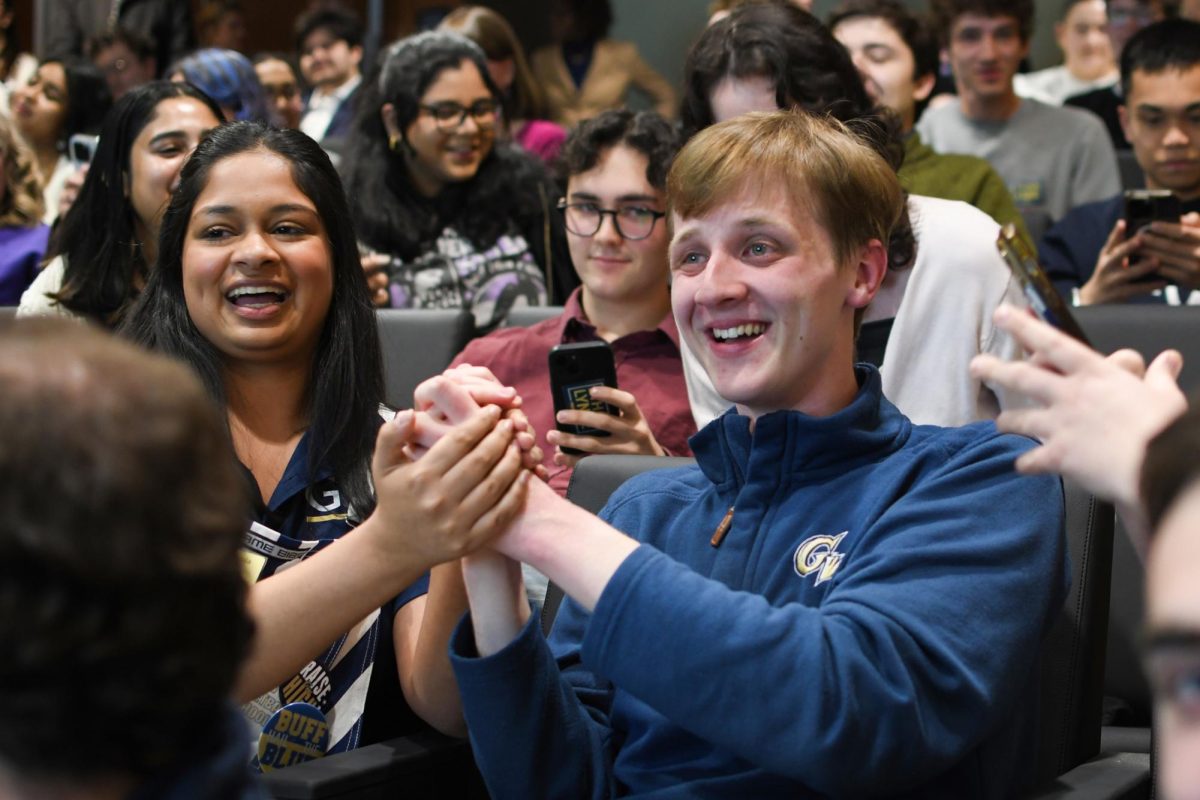The University’s online high school is continuing to develop methods to ensure its academic success, its top administrator said Friday, after education researchers found lagging student progress generally at online schools in a report this month.
While enrollment in online schools has nearly doubled over the last year, only 27 percent of students at those schools achieved “adequate yearly progress” under the 2002 No Child Left Behind Act, falling behind students at brick-and-mortar schools who achieve at twice that rate, according to a Jan. 6 study by the National Education Policy Center.
The report zoned in on online schools’ management structures, noting that non-profit education management organizations are taking over a sector formerly dominated by for-profits. Education experts have debated whether for-profit education management organizations put students’ interests first.
In the year since its founding, The George Washington Online School has expanded from 16 to 85 students. As a private school, it is not required to meet the federal definition of “adequate yearly progress,” but its leadership still strives to track students’ academic progress using AP, ACT and SAT scores.
Barbara Brueggemann, head of the online school, said measuring academic progress is more complex than the report shows.
“The brick-and-mortar schools haven’t figured out the magic solution for teaching all kids successfully. Online education is no different. It’s another choice, and it works very well for some students,” Brueggemann said.
Students at the online high school range from Hollywood actors to athletes who travel the country. By targeting “hard-working” and “ambitious” applicants, the online high school only enrolls students who are fit in an online-only environment, Brueggemann said.
Because the online high school had only finished one semester at the time of the center’s research, it was not included in the education policy center’s report. Brueggeman said that the school’s small inaugural class did not represent a meaningful sample to measure academic success.
She added that the school looks at college placement as a valid target, and that students have been accepted to schools like Ohio Wesleyan University and Hobart College this year.
National researchers warn, however, that the “adequate yearly progress” measure does not tell the whole story.
“[Adequate yearly progress] is a very crude measure,” Kevin Welner, the director of the National Education Policy Center, said. “That should be the beginning of the investigation, not the end. There are a lot of reasons why schools fail to reach ‘adequate yearly progress’ that have nothing to do with the quality of the school.”
Researchers at the Graduate School of Education and Human Development – a partner of the online high school – will keep close tabs on students’ progress in the school. They are developing a research center to analyze the school’s academic trajectory and other distance education issues, Robert Ianacone, associate dean of the graduate school, said.
As online high schools grow, GW looks to lead the pack
January 17, 2012
More to Discover






